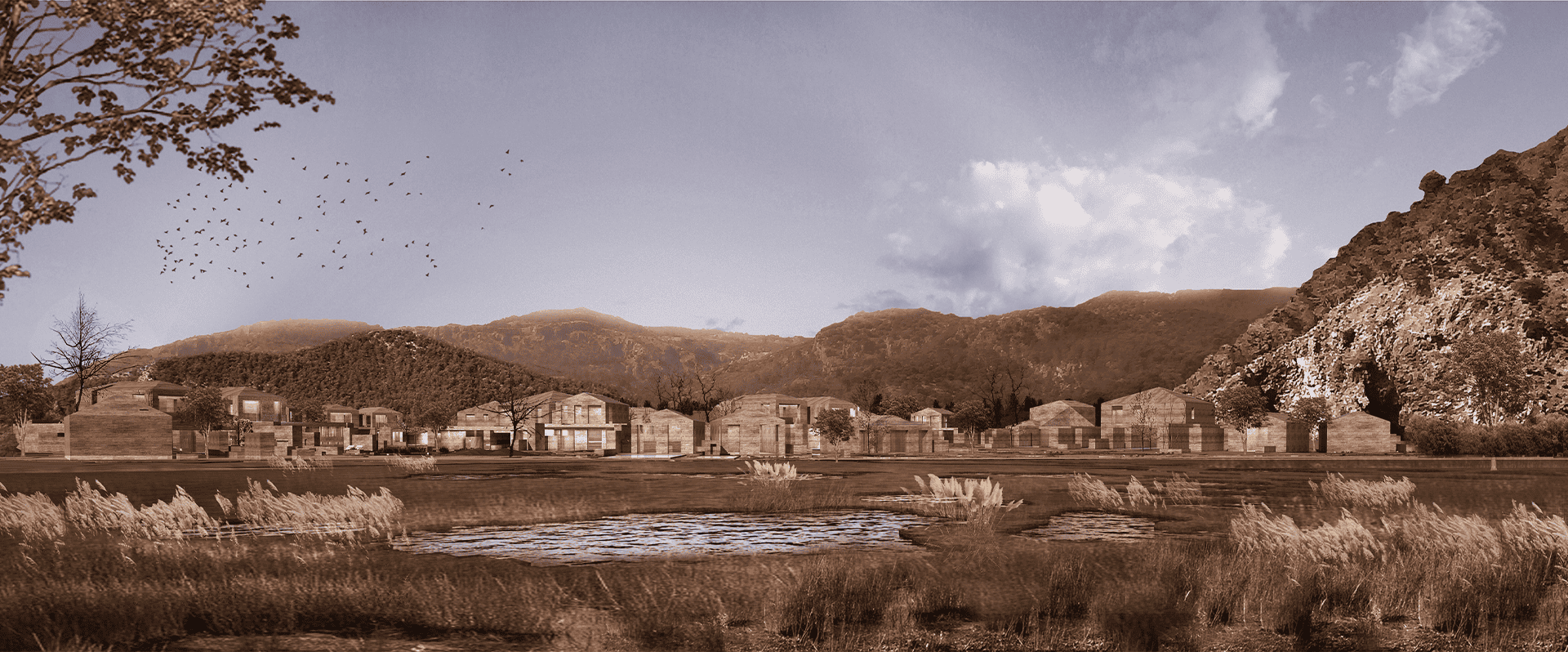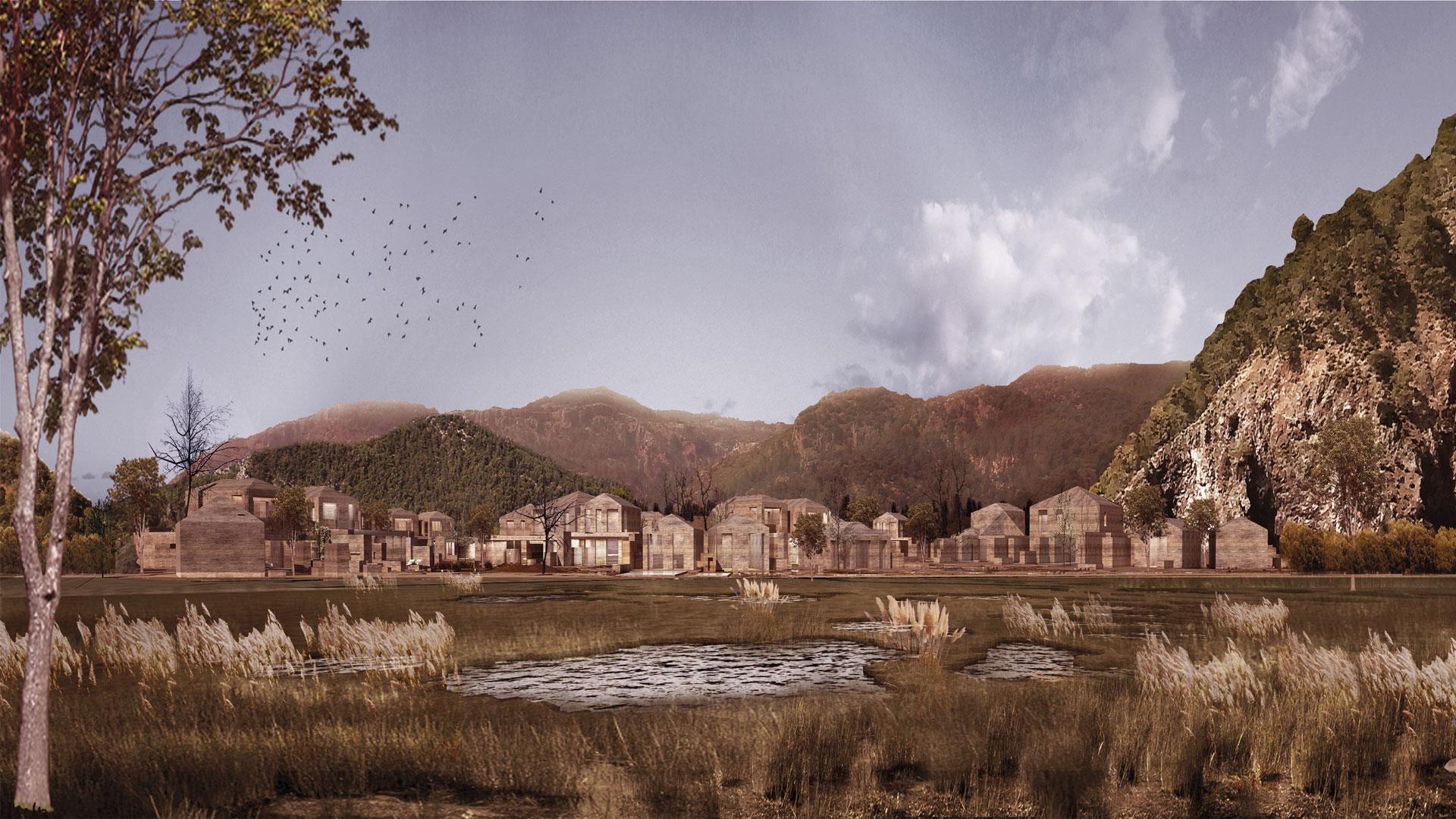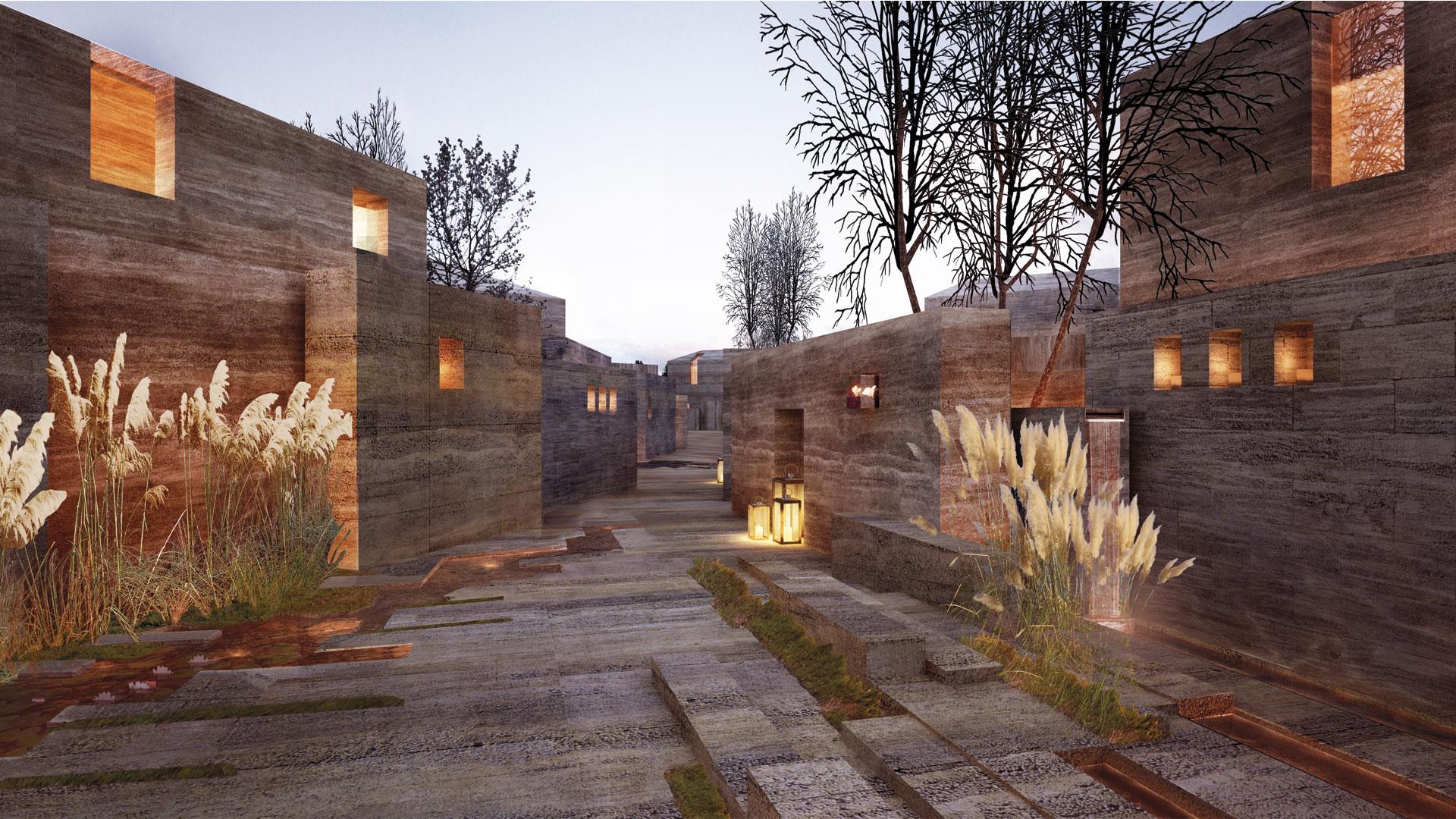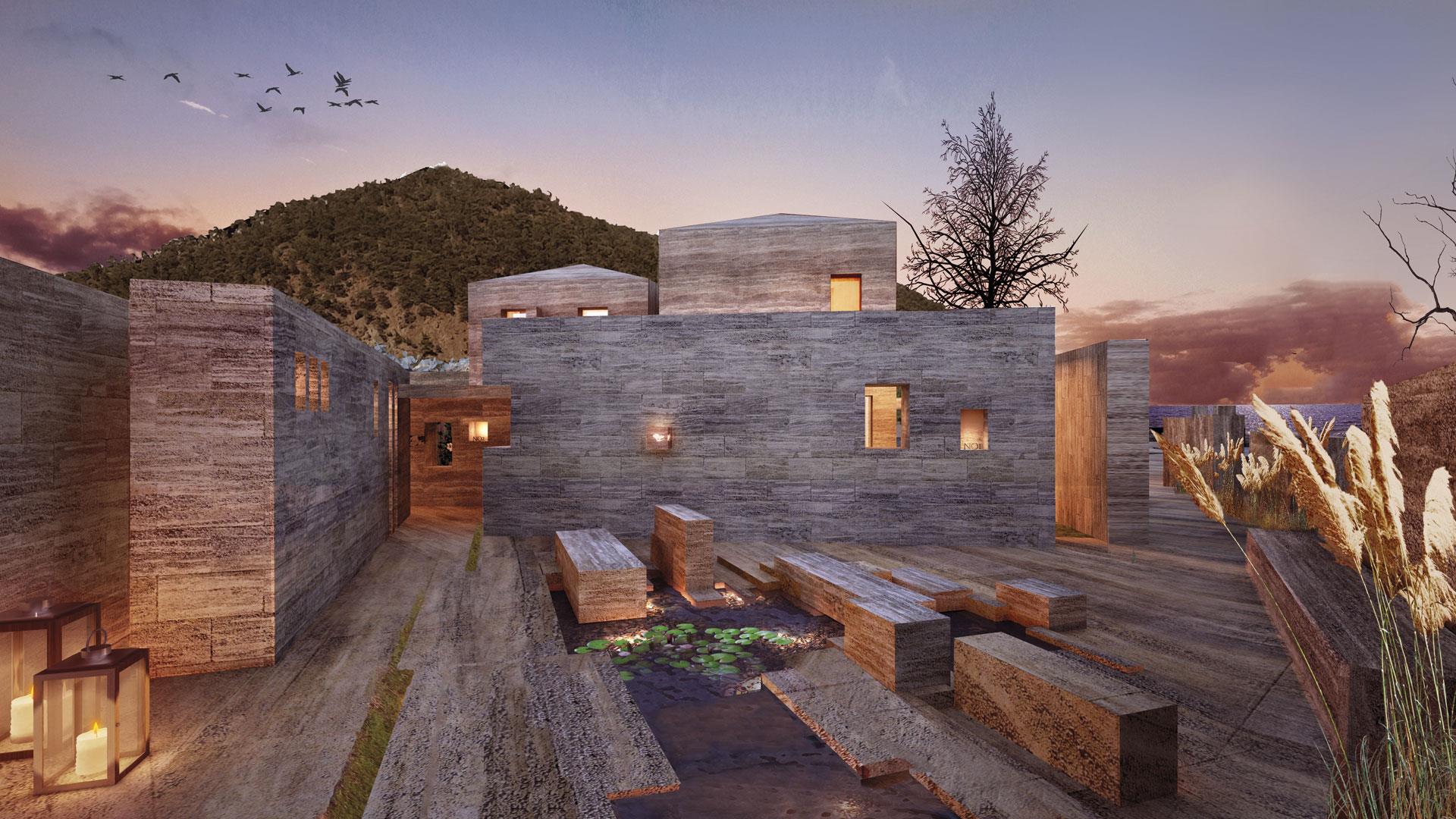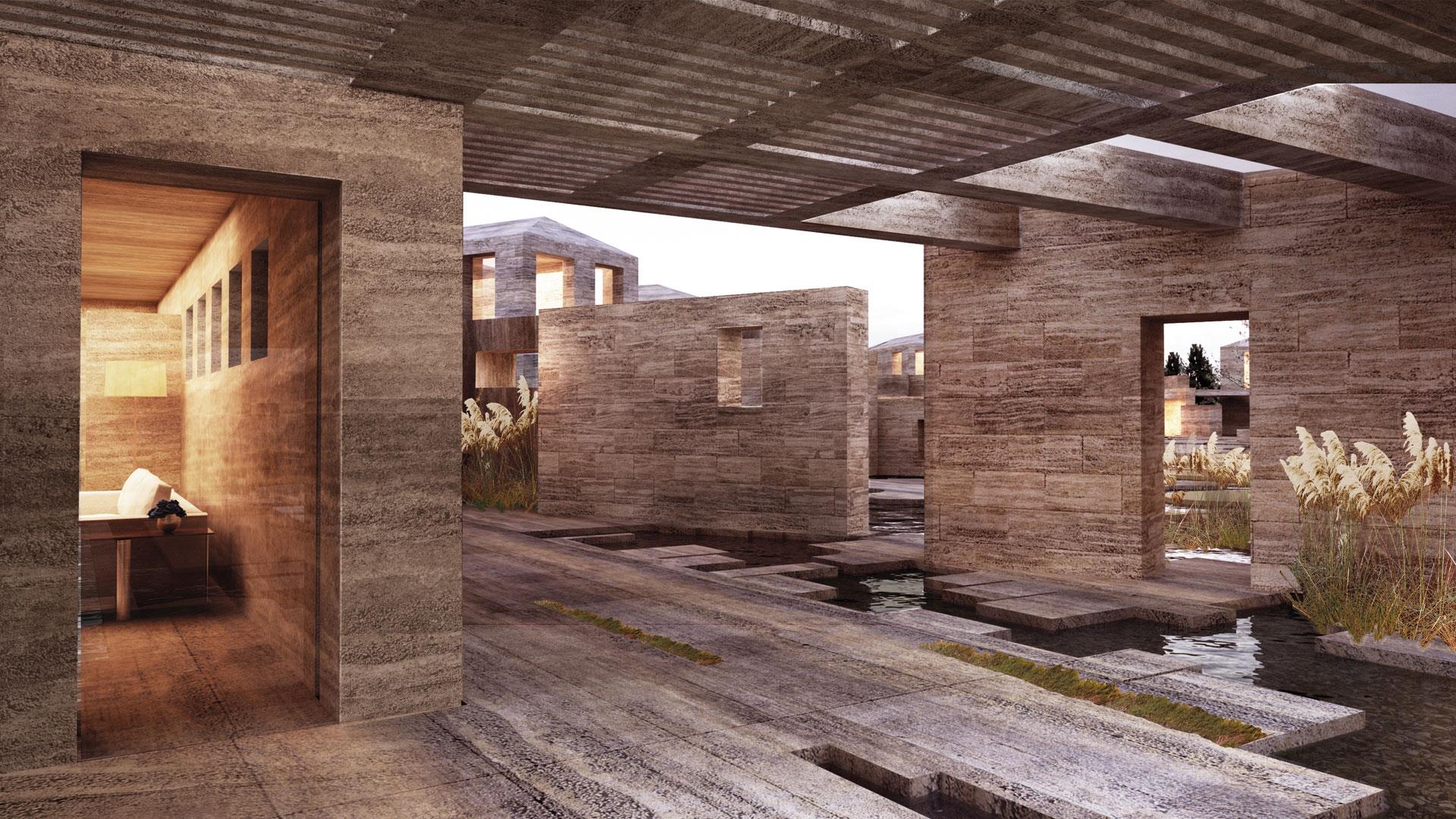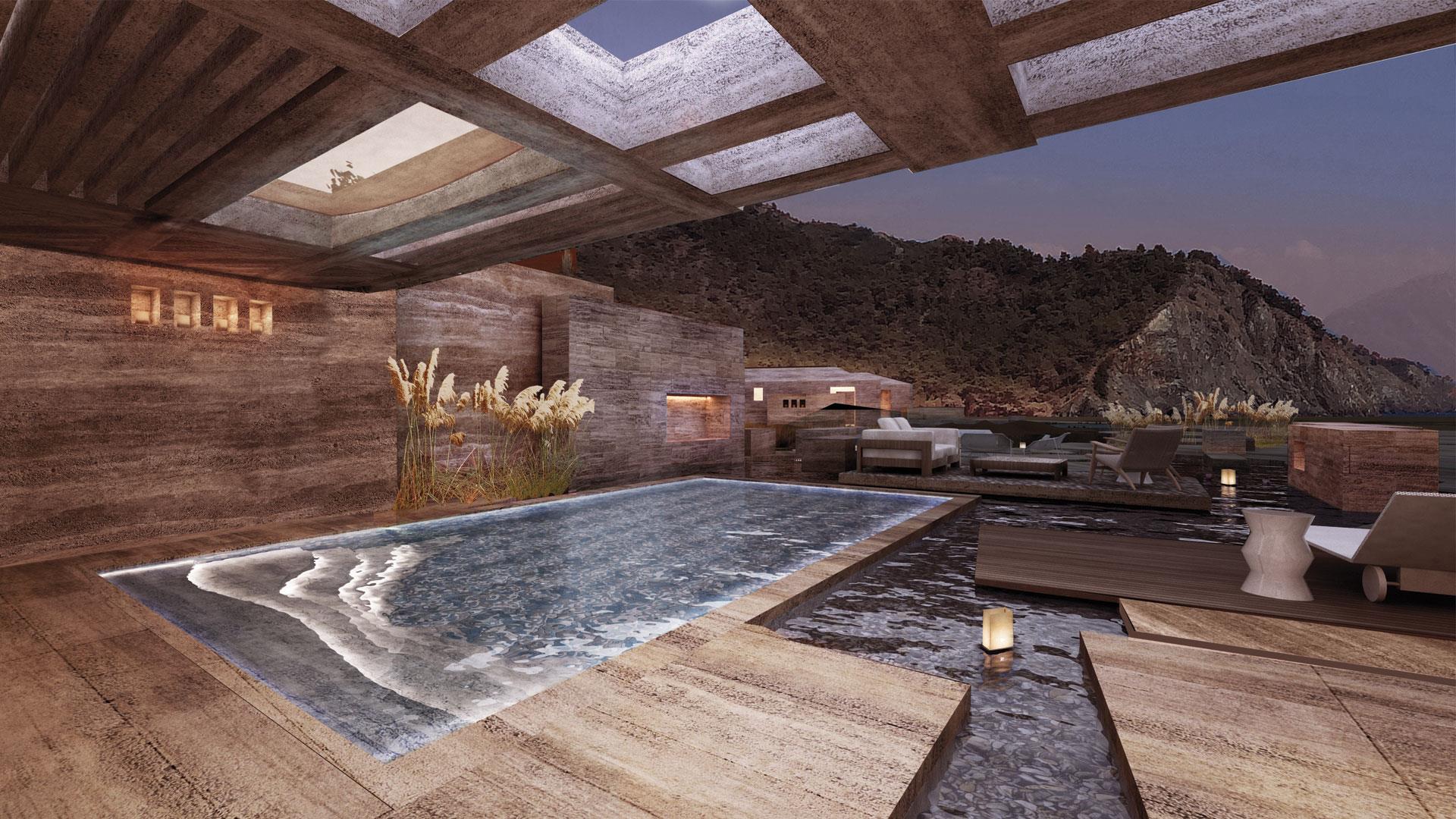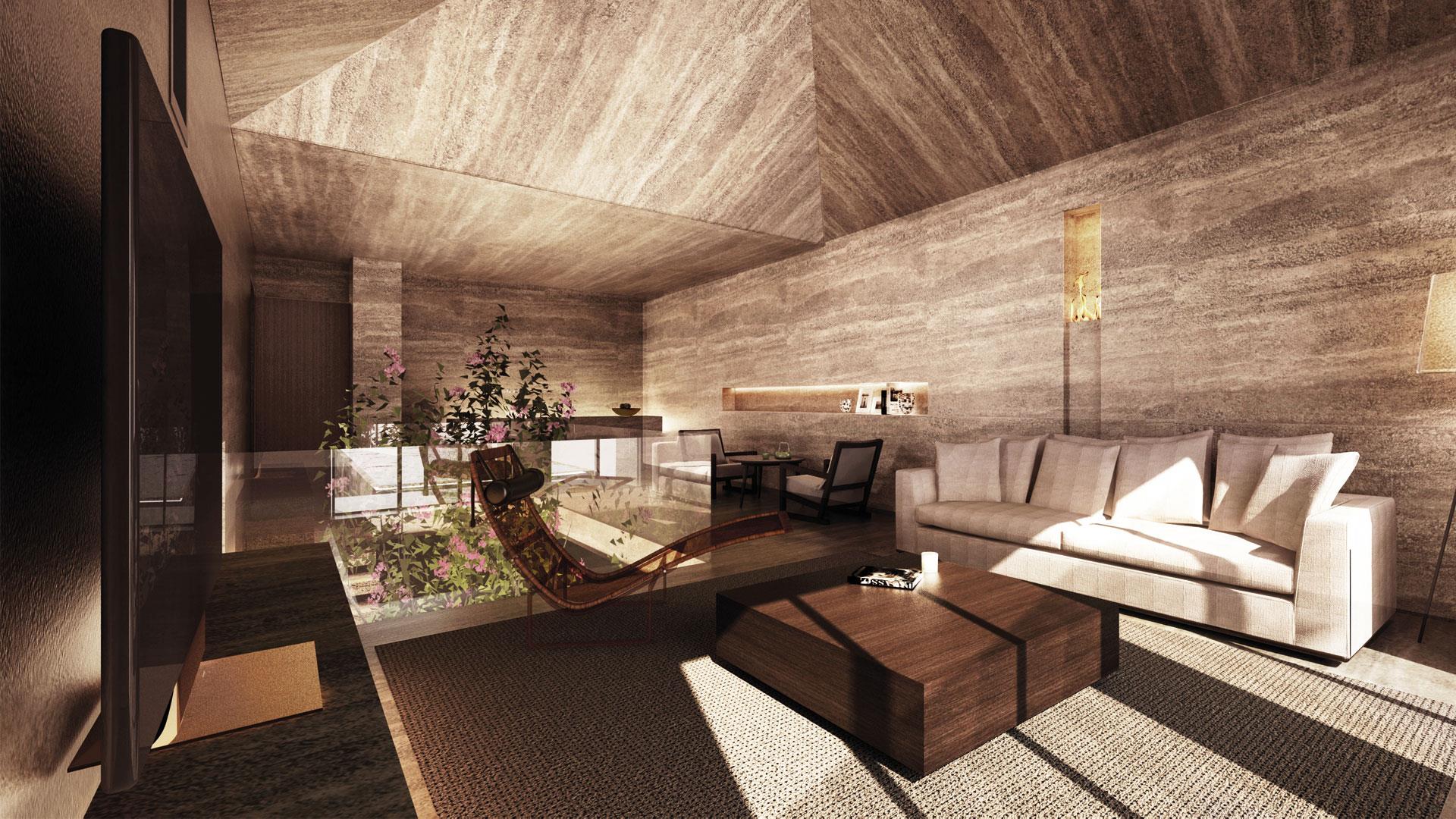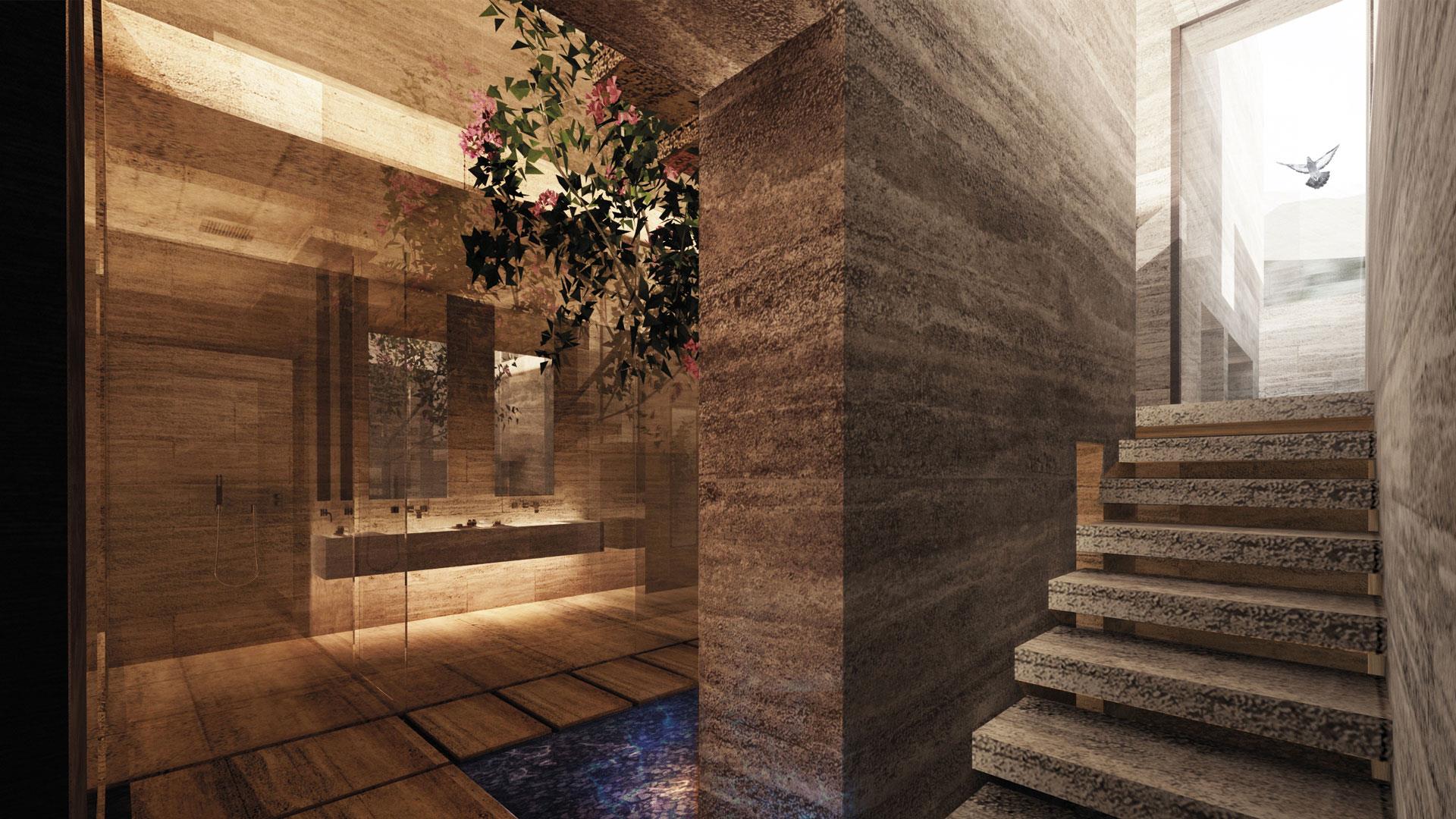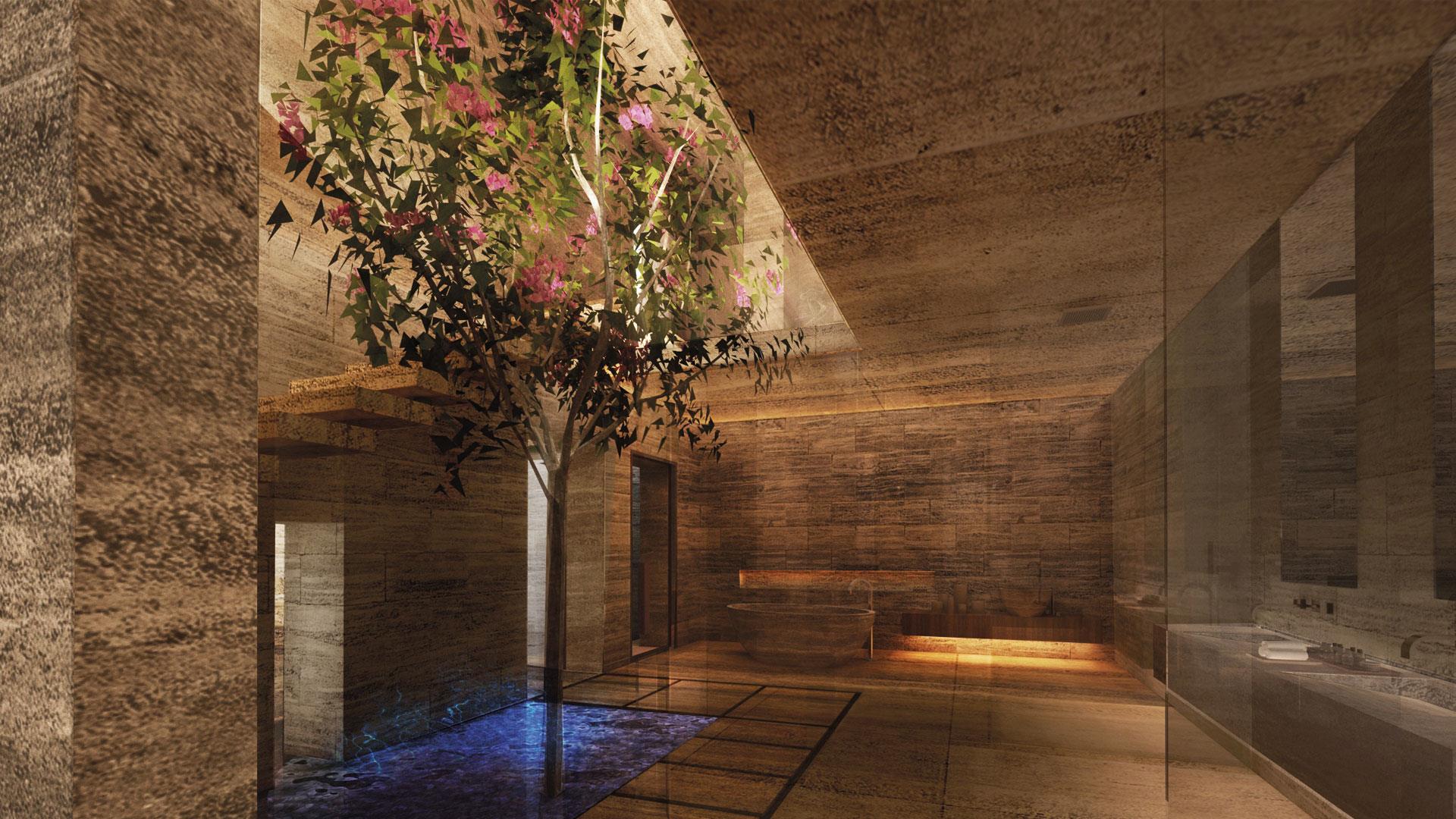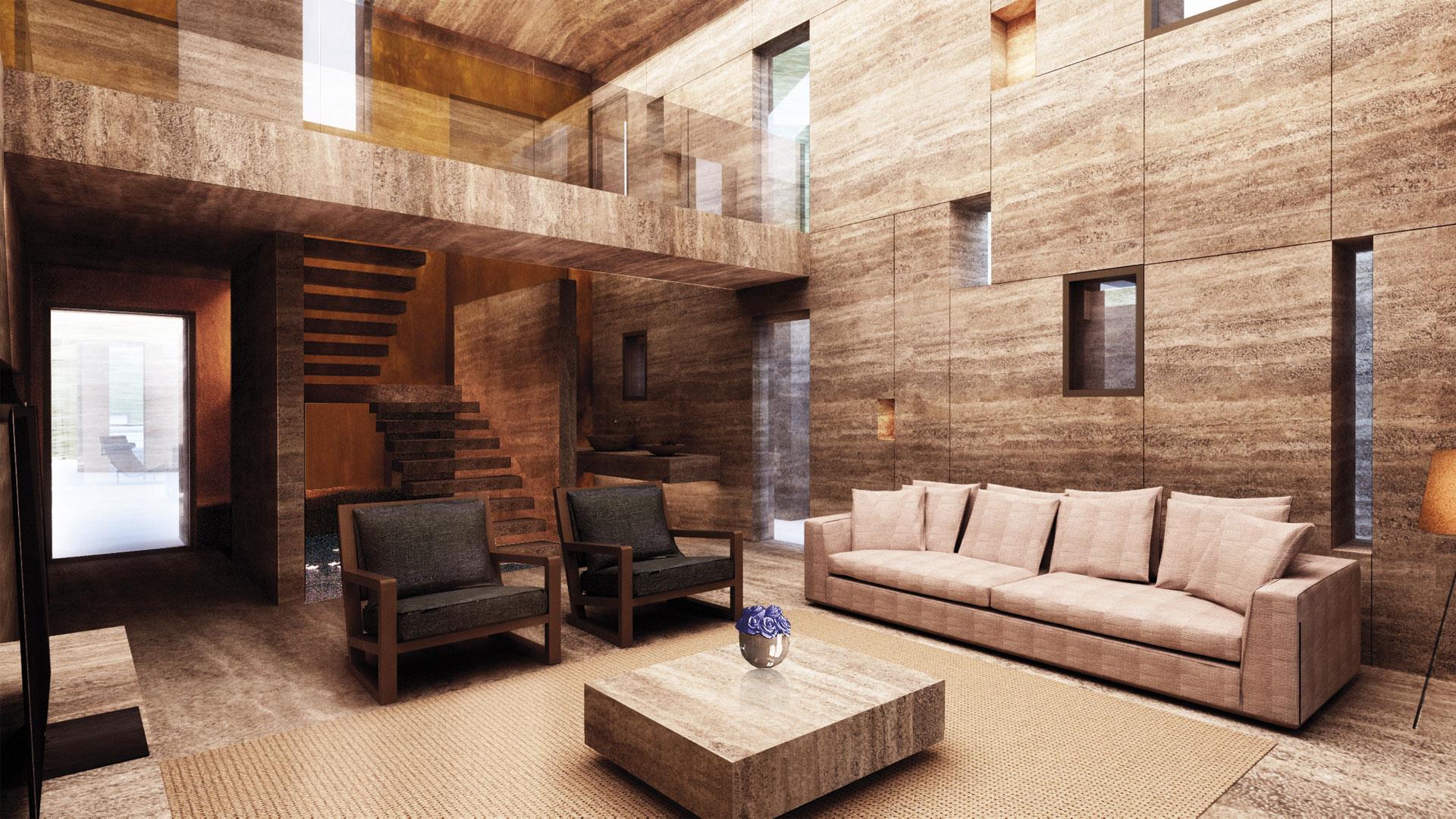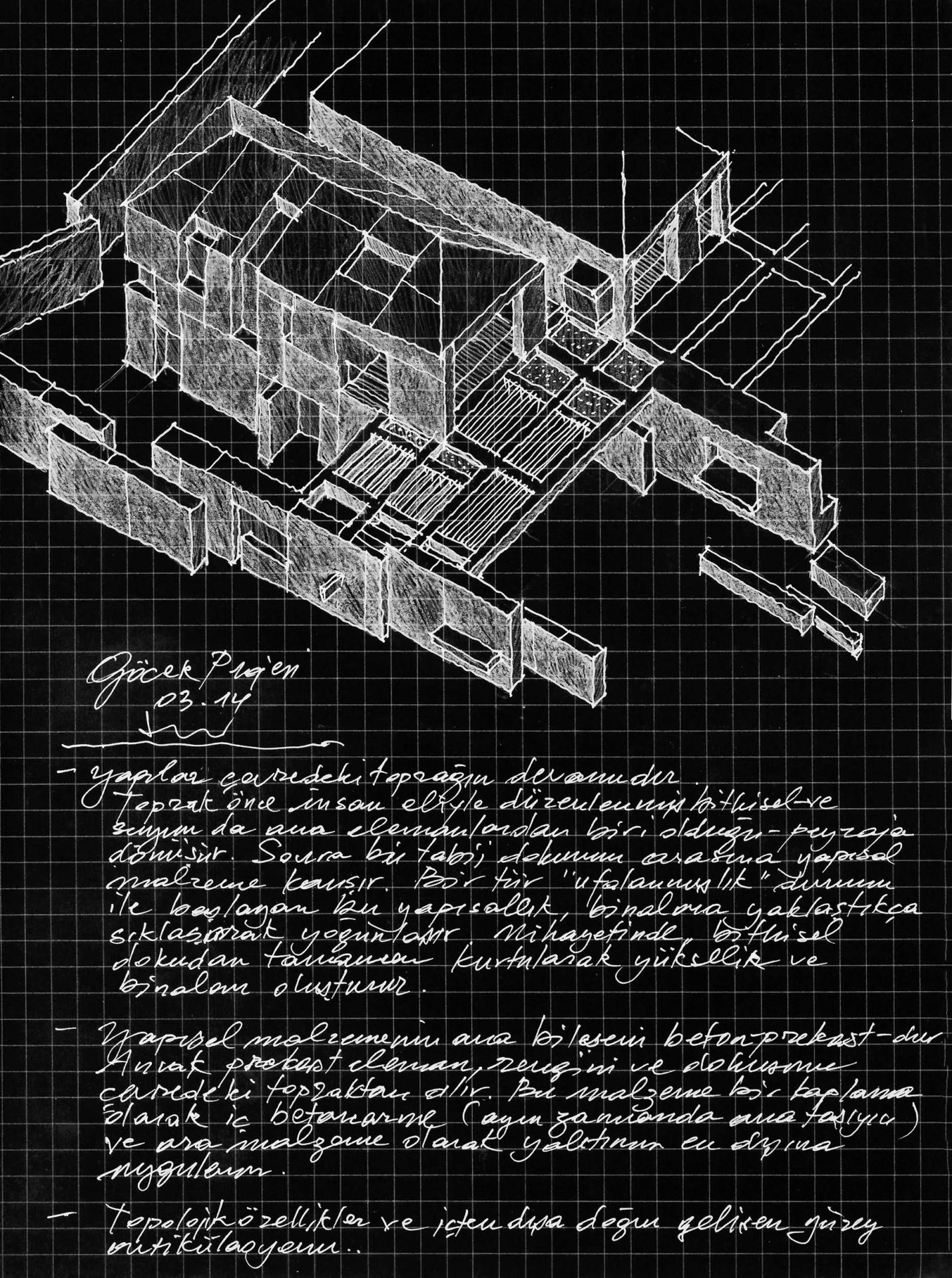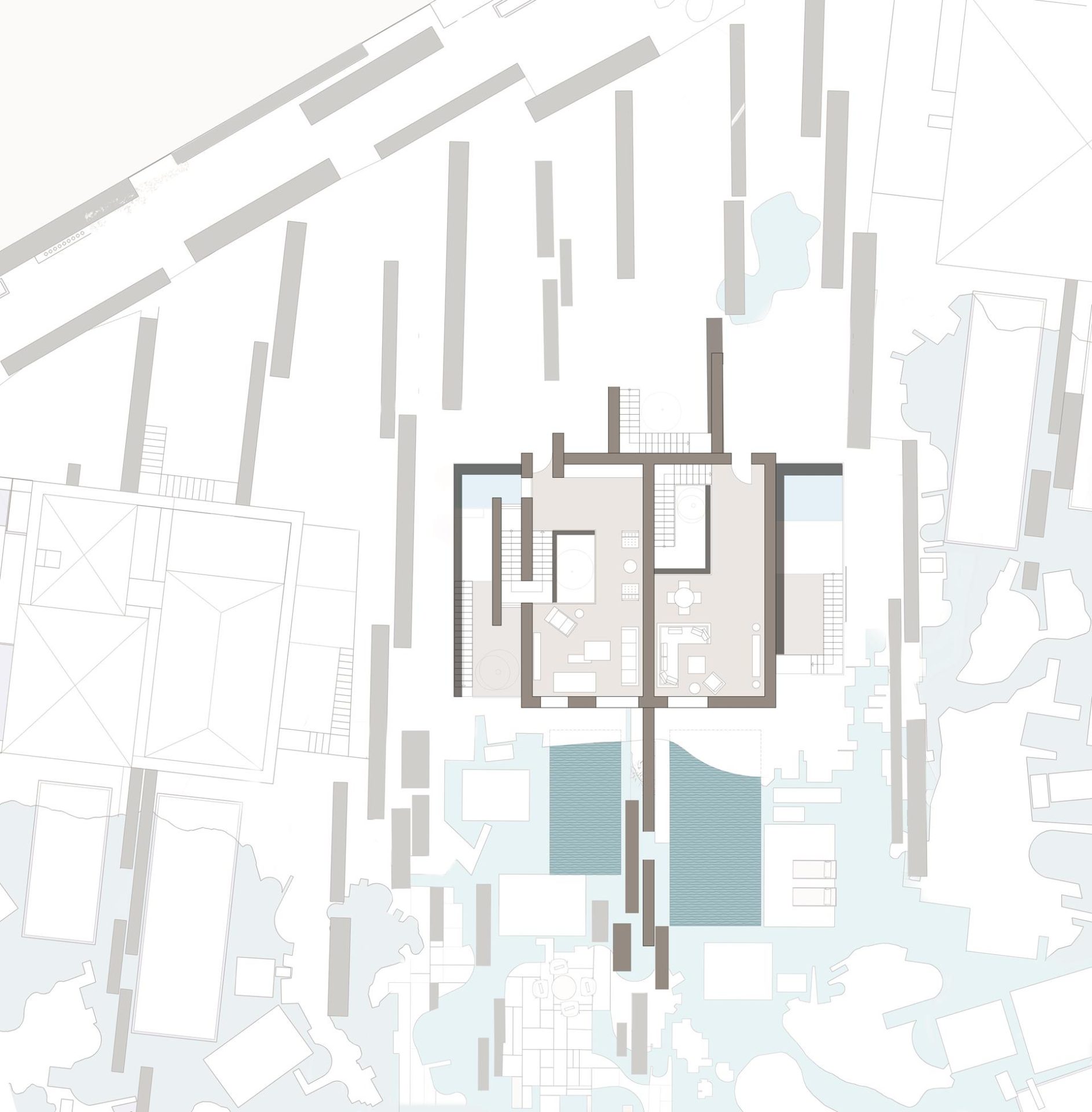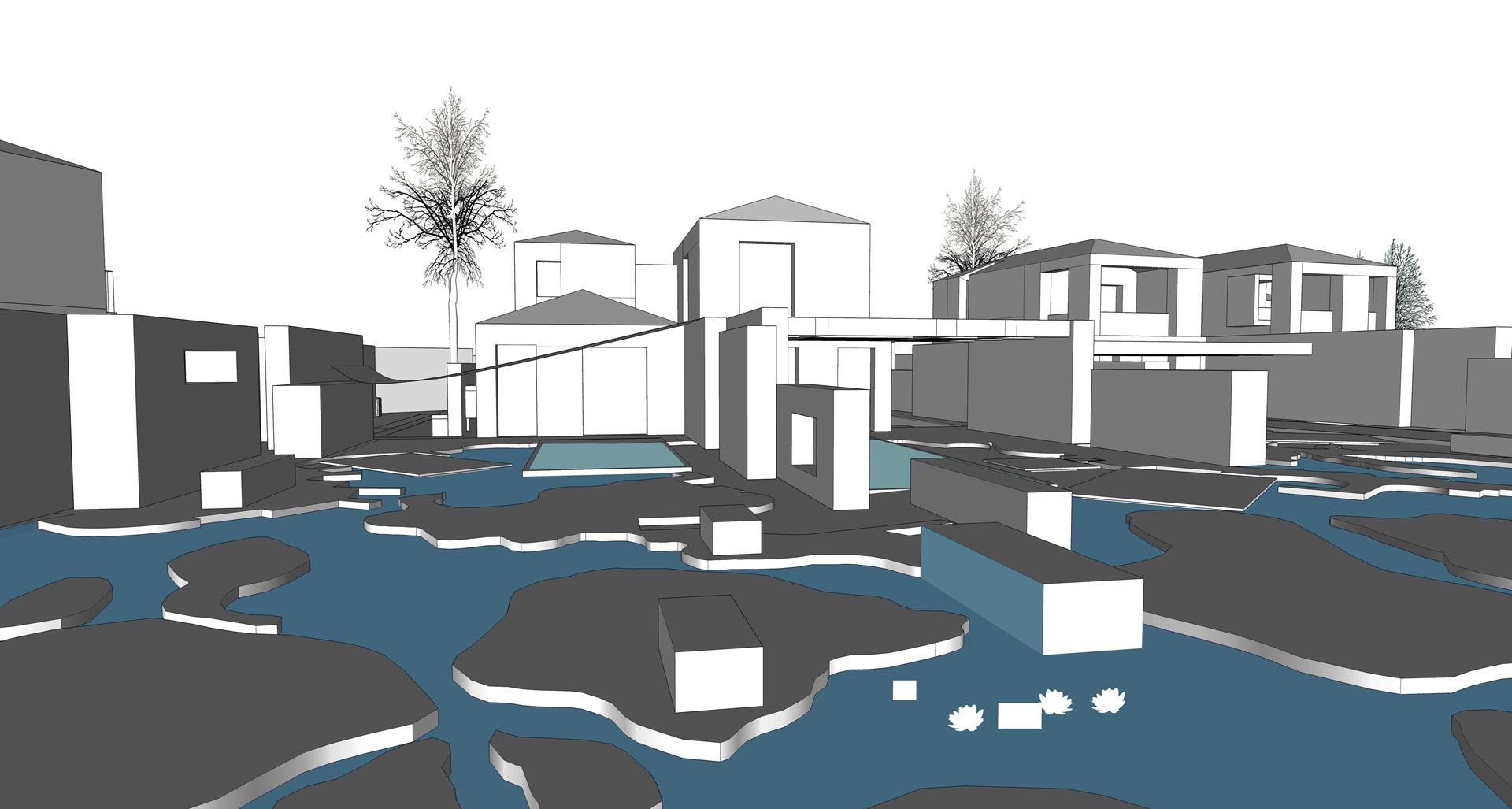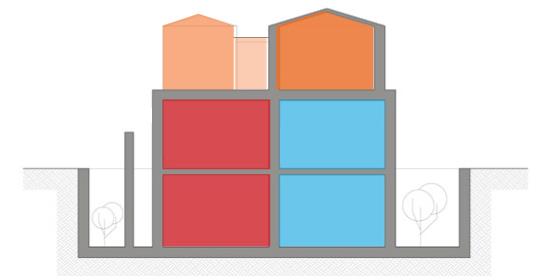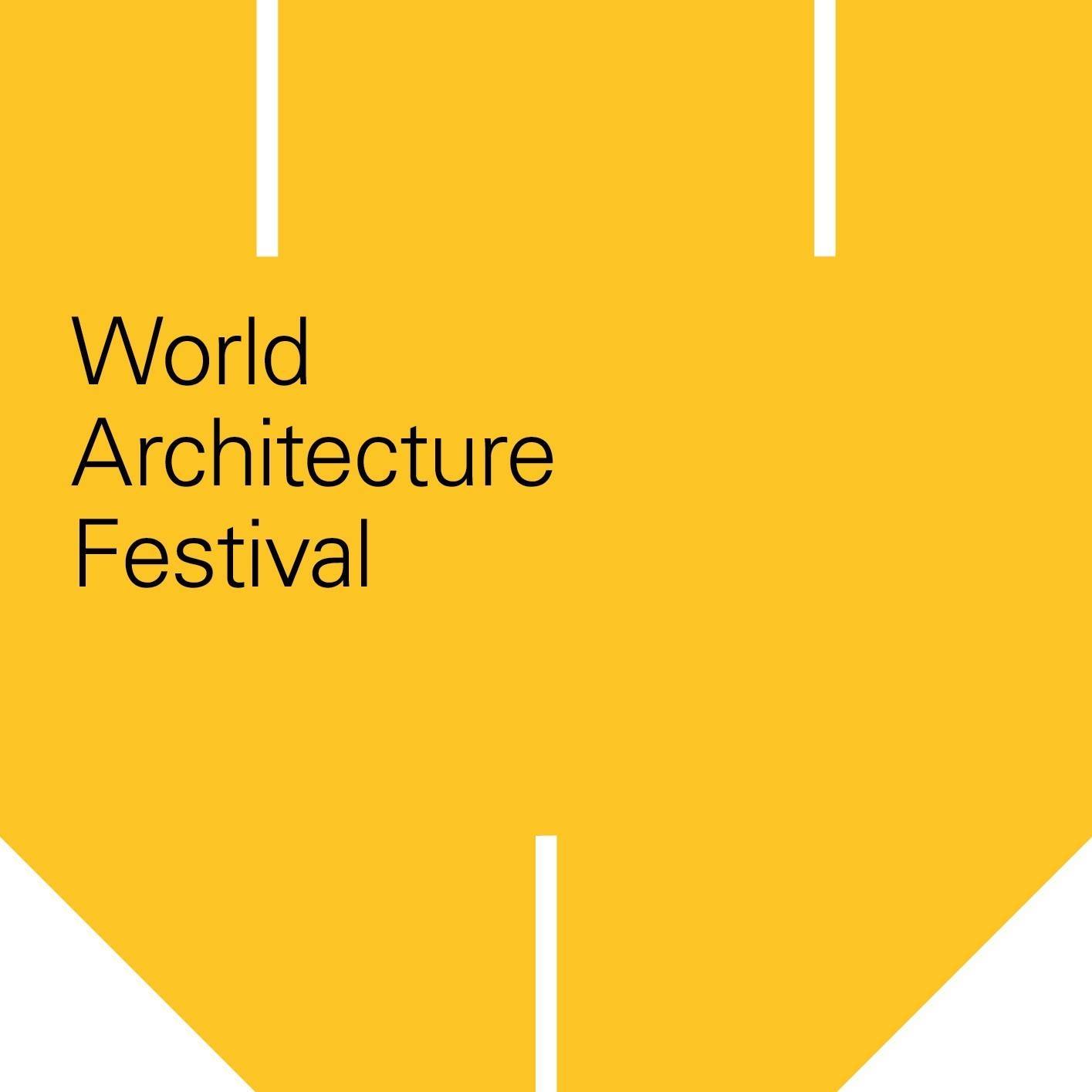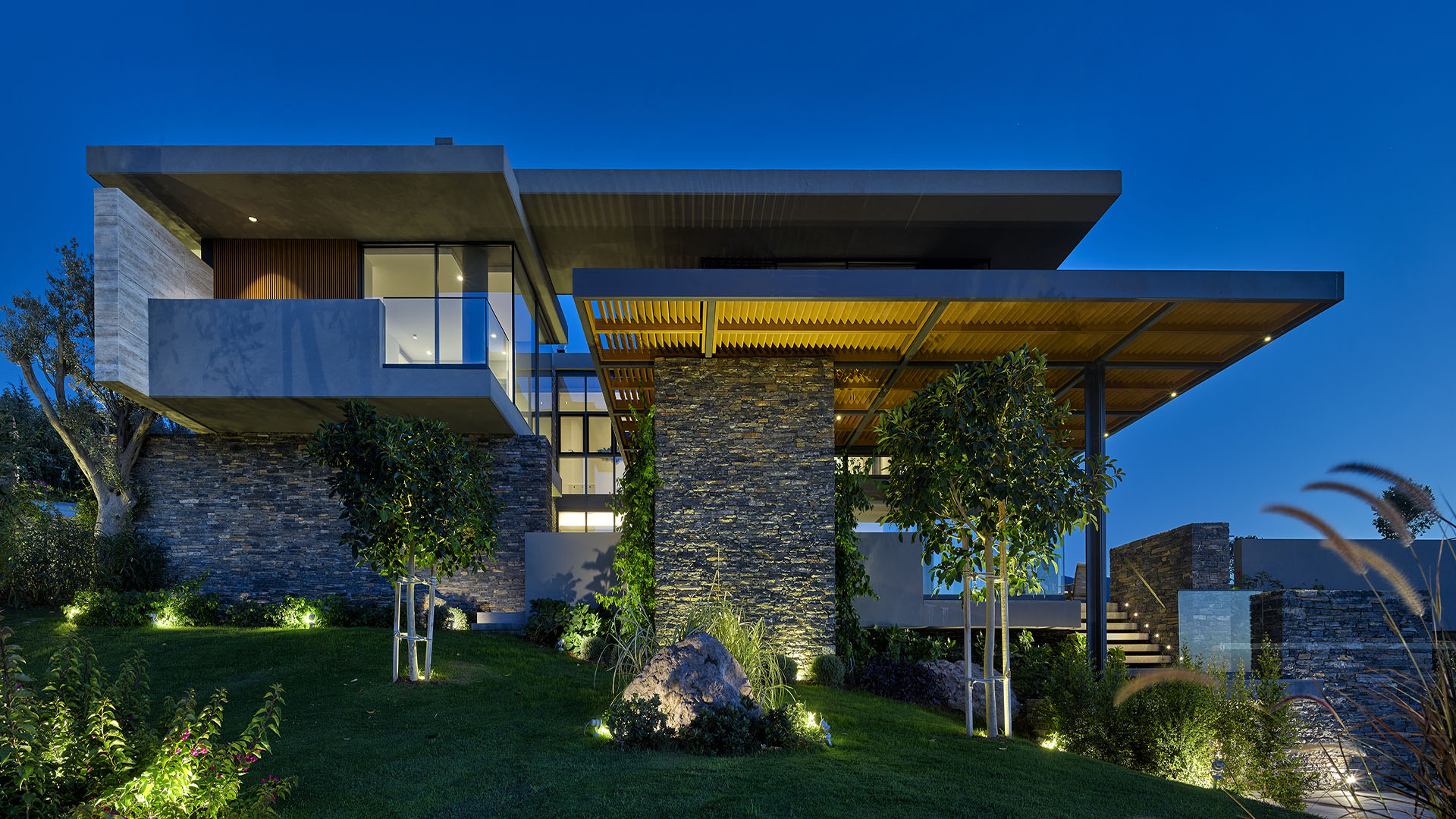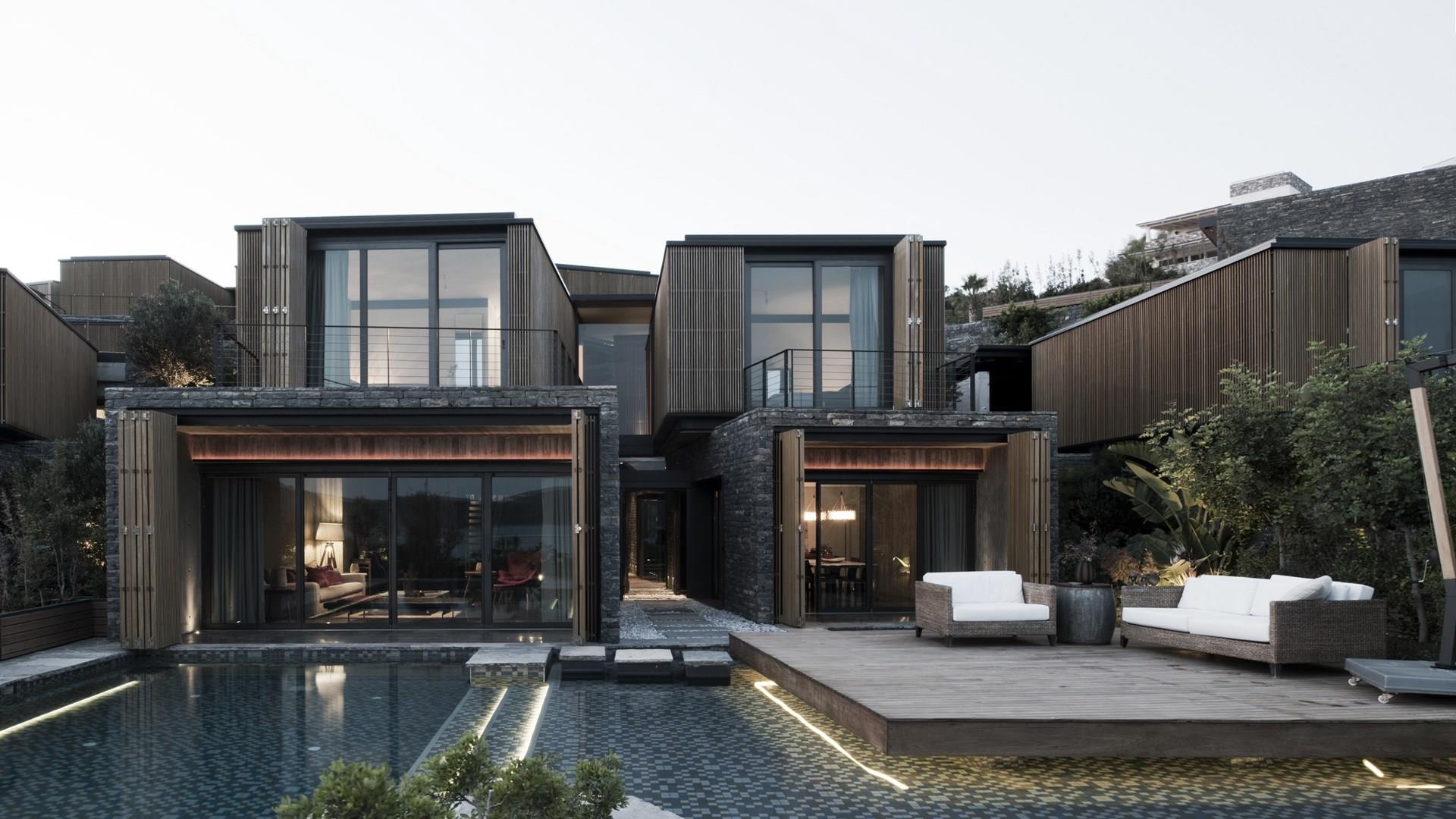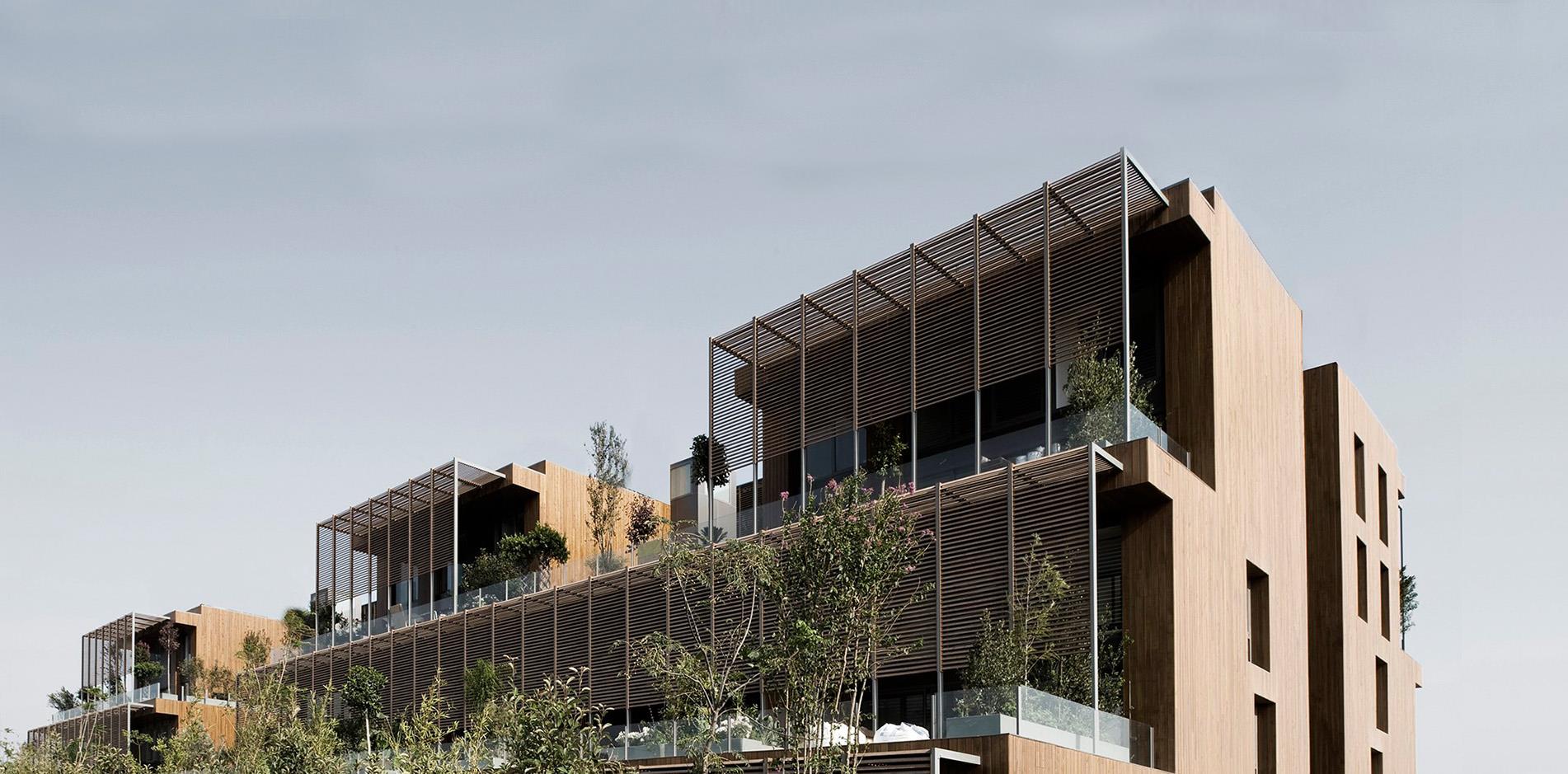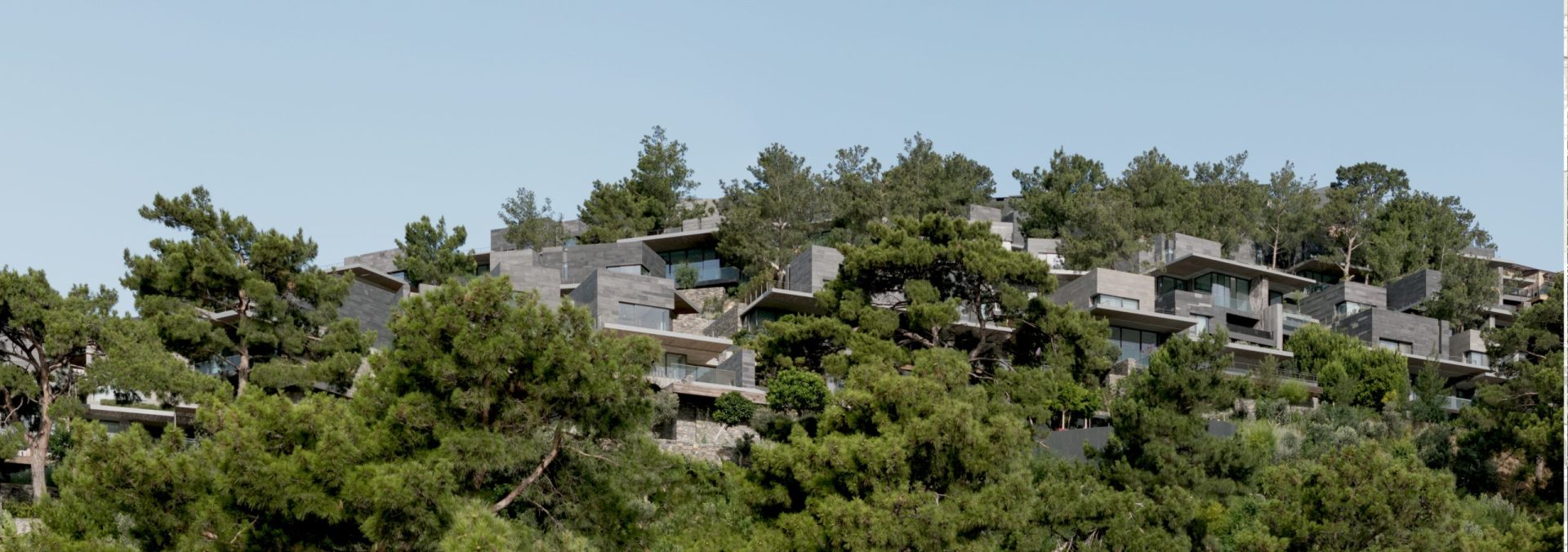Göcek is a wonderous bay at the threshold of the South Aegean meets the Mediterranean that has a unique moving topographic structure, rich endemic flora and crystal clear water. The town that holds the same name as the bay has large and small marinas located in the vicinity, therefore making Göcek one of the major yachting centers in the region. Although the number of visitors increased in recent years, unlike other popular holiday centers in Turkey, this region has not lost its natural texture nor its charm and it enholds many different sized settlements. The Inlice village is one of them.
The village center rests between the Mugla-Fethiye road and its one kilometer southern coast opens up to one of the hundreds of little pouts in the Göcek bay.
The project site stands between the creek that upon touching the western border immediately reunites the sea and a steep hill at the east that reaches up to 250 meters. The sea is about 50 meters away and unlike the inclined topography of the region, the land here is quite flat. Though temporary, heavy rains in some seasons can cause water ponds to appear in some segments of this flat land. The water coming from the hill beside is an important feature accentuating this situation.
The geographical features of the site cited above were among the most important criteria that outlined the conceptual framework. However, local building traditions of the region and again the climatic characteristics were implemented as equally important data in the design process. In this context, the construction conditions of the region were not taken to be negative elements restricting the project but rather, they were used as a cultural construction guide providing the design with a distinct framework. However, with the introduction of an architectural abstraction precisely at this point, it was also aimed for the design to meet the current needs.
It was ensured that the settlement, tracing the anonymous building culture along with the geographical and climatic data, creates its unique context by converting some of the constraints into advantages which were assumed to be a hindrance at first glance. Instead of trying to put a fight with or stand against the nature or the realities of the climate, the design itself was surrendered to its unique power. Water as one of the most important elements of the land’s genetic structure, becomes present in a form of a mostly natural pond. The use of natural stone as the sole material both in the buildings and the hard landscape along with the local flora that particularly avoids being flamboyant were decisions that contribute to the design’s effort to become one with the “place”.


